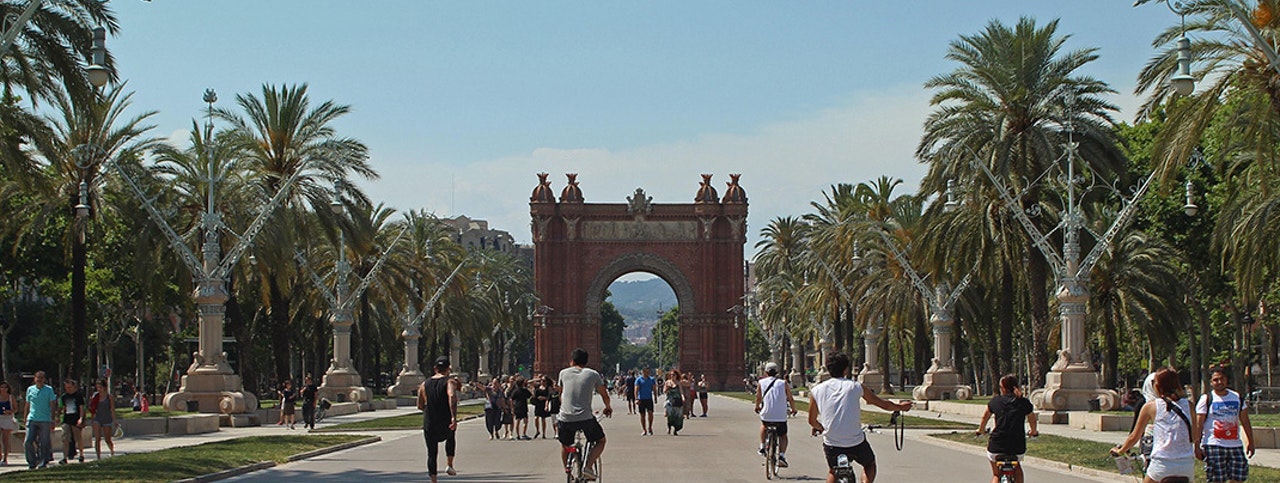Cycling is enjoying a renaissance. While the pandemic continues, more people are choosing to cycle instead of taking trains, buses, or other public transit. United States urban-area bike ridership rose 21 percent from March through June 2020 compared with the previous year; Wuhan bike-sharing firms recorded a tenfold increase in ride orders between January and April; and in France, cycling traffic increased 44 percent under COVID-19.
Biking’s spike in popularity will likely continue after the pandemic ends: Twenty-three percent of people said they would be more willing to use their personal bicycles after stay-at-home orders end, according to an eight-nation Oliver Wyman Forum survey completed in June. That’s great news for cities as they consider building back better, particularly in combating climate change.
Part of any government’s strategy for lowering greenhouse gas emissions should be to encourage carbonless methods of transportation, and few have more potential than biking. One study estimates that a big increase in cycling around the world could slash carbon dioxide emissions by 11 percent in urban areas by 2050.
Governments also should take note: People are eager for other health and environmental benefits of green transport. More than a third of those who have relocated since COVID-19 cited access to good air quality as a driving factor behind their decision to pack their bags, according to the same Oliver Wyman Forum survey.
The cities that provide eco-friendly transit will be the winners in more ways than one – from attracting residents to improving climate change preparedness to providing effective urban mobility. In our Urban Mobility Readiness Index, many of the highest-ranking cities are encouraging bikers to hit the streets.
European cities rank highly in our index because of their clean, green ways of moving about. Amsterdam and Barcelona lead the pack in terms of bicycle use, and both cities keep shifting gears to make cycling more convenient.
In Barcelona, about 17 percent of trips are made by bike – the highest in our index. The Catalonian capital has expanded its network of cycling lanes by 10 percent since COVID-19, with more construction on the way. The city aims to increase its network by 40 percent, develop a strategy for secure bike parking, and explore the addition of more electric bikes to its public sharing system by 2024.
Amsterdam, perhaps the city most closely associated with cycling, has been well prepared for the influx of bikers. The Dutch city had invested roughly $59 million in enhancing cycling infrastructure pre-COVID – and it’s fortunate they did: The average distance cycled increased 20 percent from September 2019 to July 2020, with 37 percent of residents taking up biking to avoid public transit. Roughly half of them said they would continue to cycle more when pandemic restrictions were lifted.
Creating eco-friendly ways to get around should be an integral part of any city’s strategy for a sustainable future. Increased cycling can be an effective spoke of that wheel.

